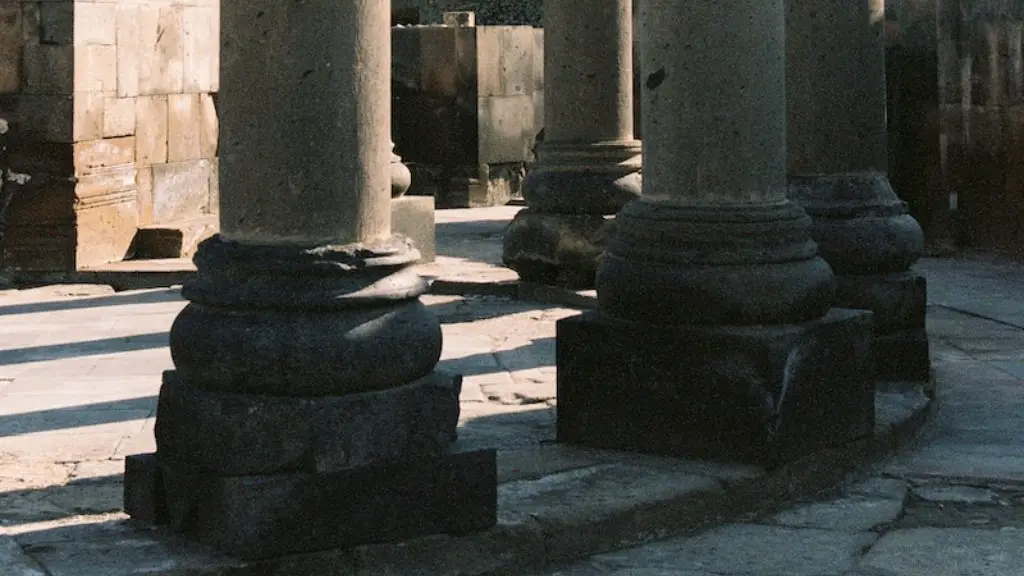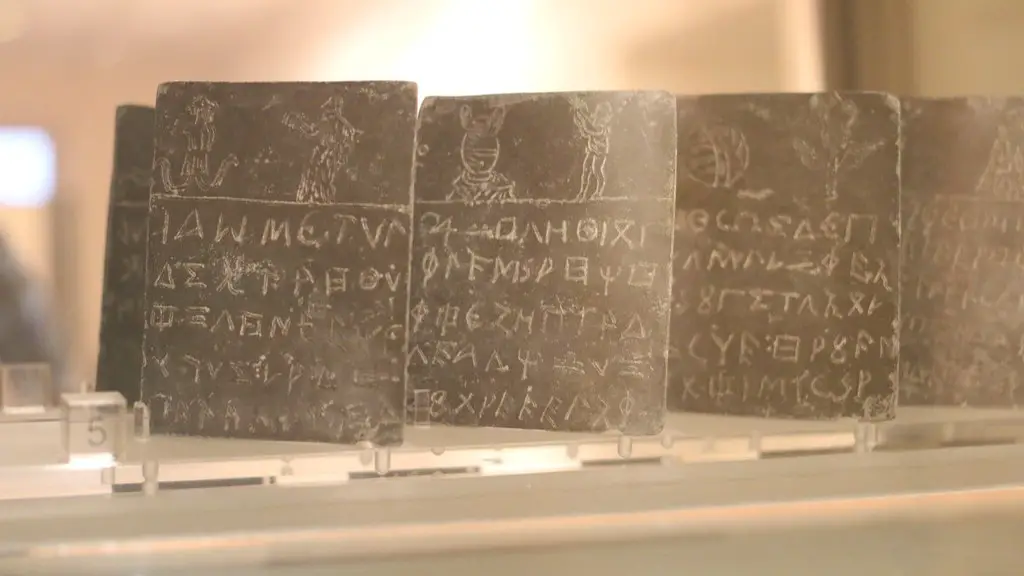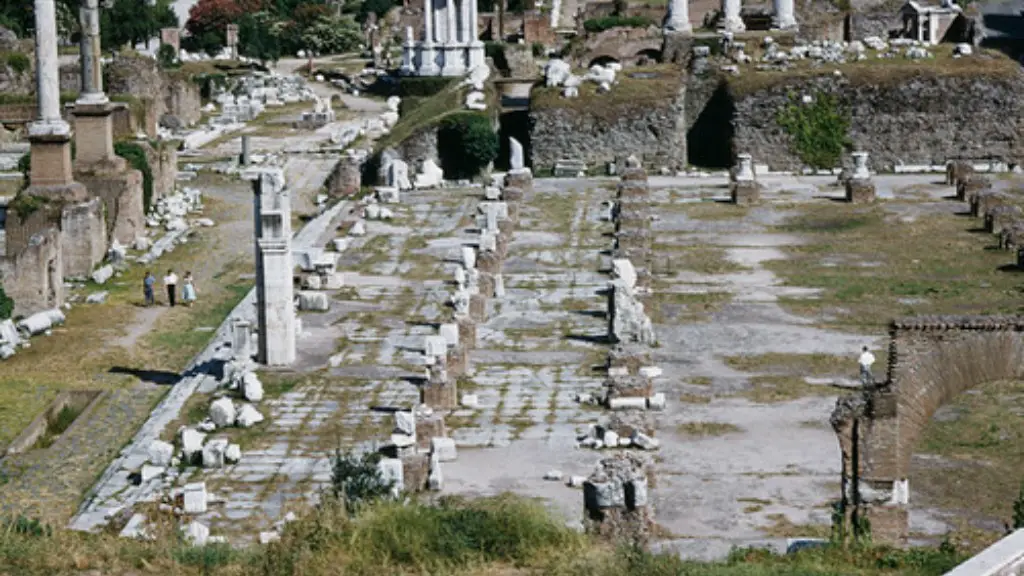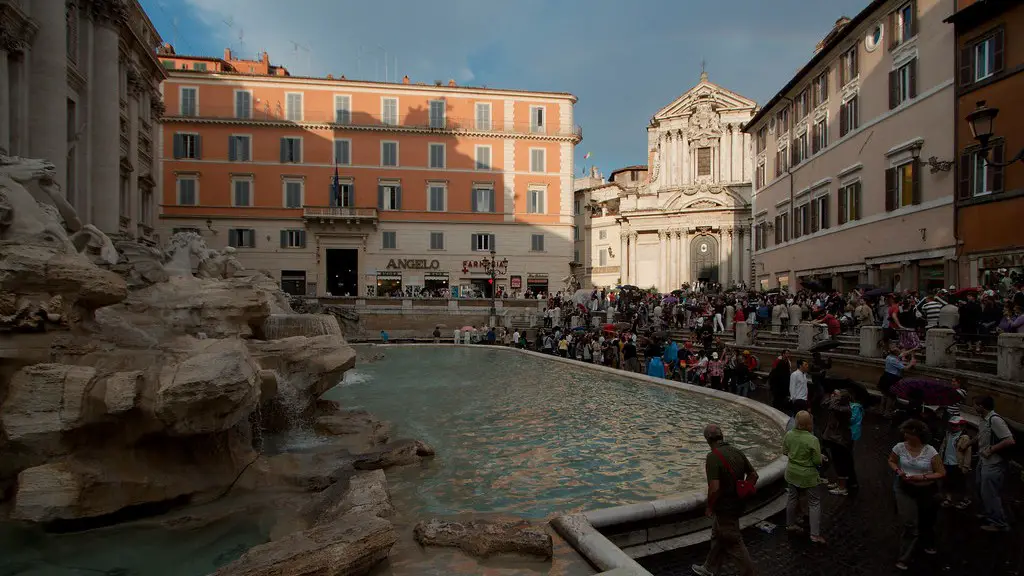Ancient Rome was one of the most powerful empires in the world for centuries. The Roman government was a complex system of officials and institutions that were developed over time. The Roman Republic was originally ruled by elected officials called consuls. Eventually, the Roman Empire was ruled by an emperor. The emperor was the most powerful person in the government and controlled the army, the laws, and the economy.
The Roman Republic was ruled by elected officials. The Roman Empire was ruled by the emperor.
How did the Roman emperors ruled?
Hereditary rule has been a major factor in the Roman Empire for much of its history. Emperors were often not chosen based on their ability or honesty, but simply because they were born into the right family. For every great leader, such as Augustus, there was a tyrant like Caligula.
The Roman Republic was a democracy. Its government consisted of the Senate and four assemblies: the Comitia Curiata, the Comitia Centuriata, the Concilium Plebis, and the Comitia Tributa. The Senate was made up of patricians, or noblemen, while the assemblies were open to all citizens. The Comitia Curiata could declare war and ratify treaties, the Comitia Centuriata elected magistrates and approved laws, the Concilium Plebis created laws, and the Comitia Tributa oversaw the distribution of land.
What were Roman rulers called
The emperors were the rulers of the Roman Empire. They used a variety of different titles throughout history. Often when a given Roman is described as becoming “emperor” in English it reflects his taking of the title augustus (and later basileus). Another title often used was caesar, used for heirs-apparent, and imperator, originally a military honorific.
Invasions by Barbarian tribes was one of the main reasons for the fall of the Western Roman Empire. These tribes, like the Goths, had been a thorn in Rome’s side for centuries. But by the 300s, they had become a serious threat, encroaching on Rome’s territory. The Empire’s military losses against these outside forces were a major contributing factor to its eventual downfall.
How did Rome become so powerful?
Rome became the most powerful state in the world by the first century BCE through a combination of military power, political flexibility, economic expansion, and more than a bit of good luck. This expansion changed the Mediterranean world and also changed Rome itself. Rome’s military power was based on its highly disciplined and well-trained army, which was able to defeat larger and more technologically advanced enemies. Rome’s political system was based on the principle of the rule of law, which allowed for a high degree of stability and continuity. Rome’s economy was based on agriculture and trade, and its location at the center of the Mediterranean made it an ideal hub for trade. Finally, Rome’s luck was based on the fact that it was able to avoid the major disasters that afflicted other states, such as civil war, foreign invasion, and economic collapse.
It is interesting to compare and contrast the two ancient societies of Athens and Rome in relation to their social hierarchies and how they functioned as capitalist societies. Both societies had distinct classes of people with different levels of power and privilege. In Athens, there was a strong emphasis on democracy, with citizens having a say in the government and its laws. Rome, on the other hand, was ruled by a monarchy and had a more hierarchical social structure. Nonetheless, both societies functioned as capitalist societies, with people engaging in trade and commerce. It is fascinating to see how these two different societies operated within the context of their time.
What type of government was Rome?
The Roman Republic was founded in 509 BCE after the last Etruscan king that ruled Rome was overthrown. Rome’s next government served as a representative democracy in the form of a republic. Initially, Rome’s wealthiest families, the patricians, held power and only they could hold political or religious offices. However, over time the power shifted to include the plebeians, or common people of Rome. By 287 BCE, the plebeians had won the right to elect their own officials, called tribunes, who could veto any decision made by the government that they did not agree with. This system of government served Rome for over two centuries and was a key factor in the Republic’s success.
Tiberius was the second Roman emperor, ruling from 14 AD to 37 AD. He was the son of the first emperor, Augustus, and the stepson of Julius Caesar. Tiberius is mentioned in the Gospels as the emperor during the time of Jesus. Jesus was executed by Pontius Pilate, the Roman governor of Judea, during his reign.
How long did Roman Empire last
The Roman Empire was one of the most influential empires of its time. From its founding in 625 BC to its fall in AD 476, the Roman Empire conquered and integrated dozens of cultures. The influence of these cultures can be seen in objects, such as oil lamps, made and used throughout the Empire. The Roman Empire was a melting pot of cultures, and this is reflected in its art and artifacts.
Caesar Augustus was the first emperor of Rome and is considered one of the greatest Roman emperors. He was responsible for the Roman Empire’s transition from the Republic to the empire. Augustus was a skilled military leader and politician. He reformed the Roman government and administration, developed an efficient tax system, and promoted Roman culture. Augustus also extended Roman citizenship to all the peoples of the empire. Under his rule, Rome became a powerful and prosperous empire.
Who was Rome’s biggest rival?
Taking control of Italy was far from easy for the Romans. For centuries they found themselves opposed by various neighbouring powers: the Latins, the Etruscans, the Italiote-Greeks and even the Gauls. Yet arguably Rome’s greatest rivals were a warlike people called the Samnites.
1) The British Empire was the largest empire the world has ever seen. The British Empire covered 1301 million square miles of land – more than 22% of the earth’s landmass. The empire had 458 million people in 1938 – more than 20% of the world’s population.
Why are they called the Dark Ages
The Dark Ages is a term used to describe a period of time after the fall of the Western Roman Empire. This period is characterized by a supposed decline in culture and science. The term was coined by the scholar, Petrarch, during the Renaissance. There was little written documentation from the period to prove otherwise.
The senators’ act of stabbing Caesar 23 times was motivated by their fear that his unprecedented concentration of power during his dictatorship was undermining the Roman Republic. They argued that their act was one of tyrannicide, and sought to justify it as such. However, many people saw it as simply an act of murder, and the senators were widely condemned for their actions.
Who defeated the Roman Empire?
The Germanic leader Odoacer overthrew Romulus, the last of the Roman emperors in the west, in 476 CE. This event marked the end of the Roman Empire in the west and the beginning of the Barbarian period. Odoacer was the first Barbarian ruler of Rome and his reign marked a new era of Germanic rule in the west.
The Roman Empire was a massive political and military force that ruled much of the Western world for centuries. The empire was founded on a number of key strengths, which allowed it to thrive for such a long period of time. Here are six of the most important strengths of the Roman Empire:
1. The Army: The Roman army was one of the most effective and feared military forces in the world. The army was well-trained, disciplined, and equipped with the latest weapons and technology.
2. Mail Service: The Roman Empire had a public mail service, which allowed for efficient communication between different parts of the empire.
3. Religion: The Roman Empire was tolerant of different religions, which helped to create a sense of unity among its citizens.
4. Citizens: The Roman Empire had a number of very loyal and productive citizens.
5. Aqueducts: The Roman Empire had an extensive system of aqueducts, which provided clean water to its citizens.
6. Adoption: The Roman Empire was willing to adopt new ideas and technologies from other cultures, which helped it to stay ahead of the curve.
Warp Up
The Roman Republic was ruled by a group of elected officials called the Senate. The Senate was made up of wealthy landowners and was advised by a group of ten judges called the quaestors. The Senate elected two consuls every year to serve as the Republic’s leaders. The consuls had the power to declare war and to appoint magistrates. They were also the Republic’s highest ranking military commanders.
The Roman Republic was a form of government led by elected officials called senators. They ruled the government on behalf of the people. The Roman Empire was a monarchy ruled by a single ruler, the emperor.




